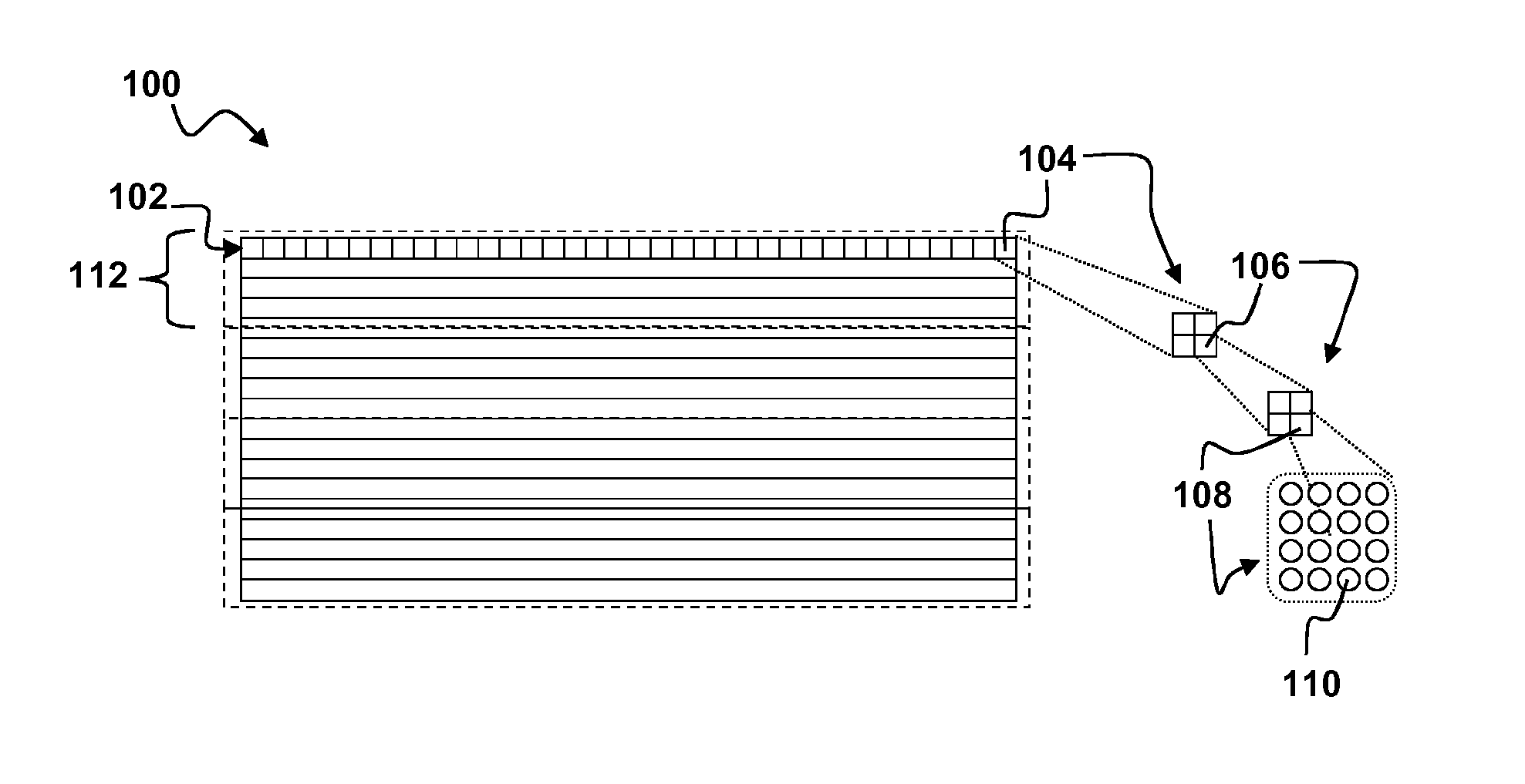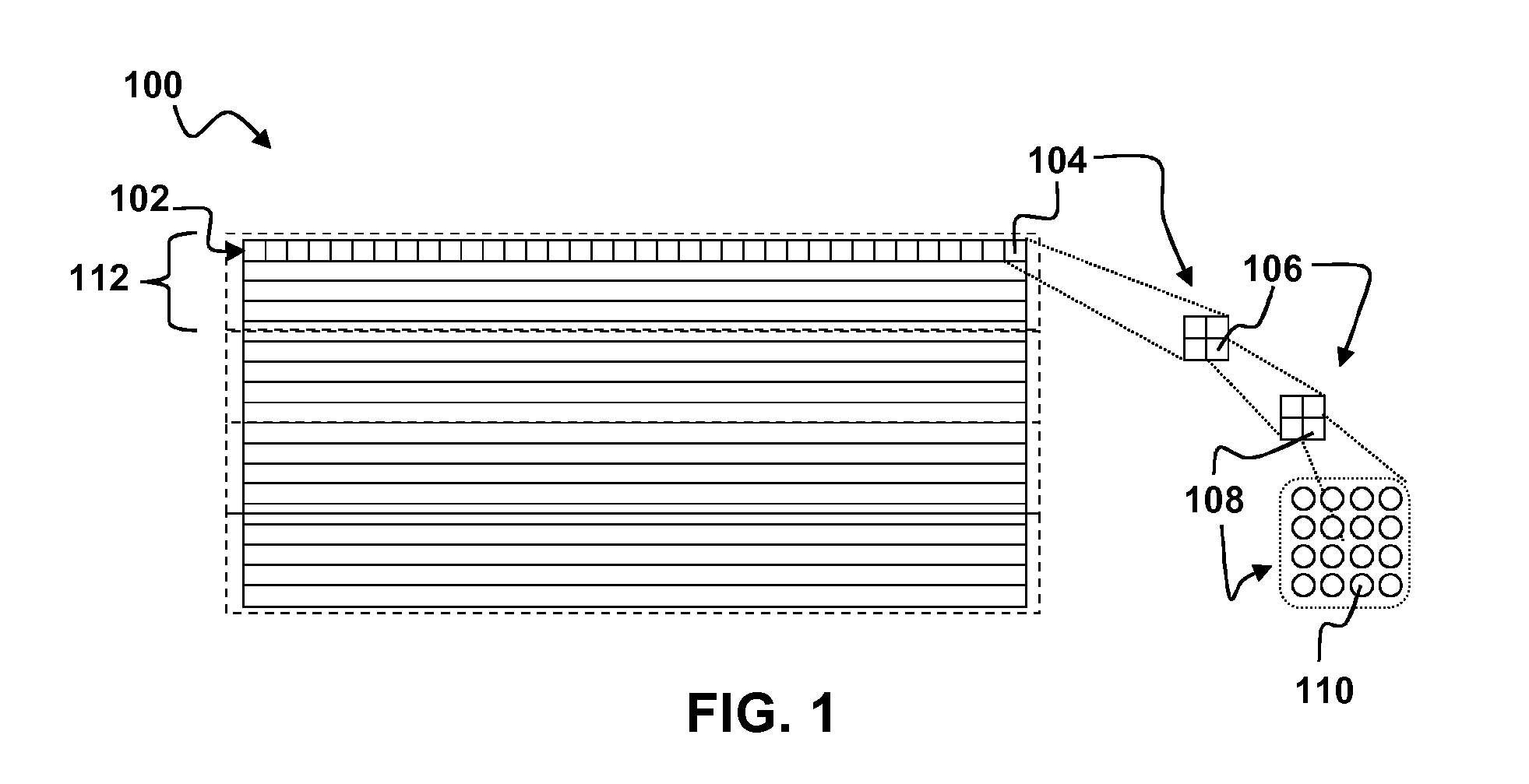Encode/Decode Strategy for Mitigating Irregular Stream Decoding Time
a technology applied in the field of encoding and decoding of digital data, can solve the problems of large amount of processing, delay or error in the output data stream, and inability to compress data quite as effectively
- Summary
- Abstract
- Description
- Claims
- Application Information
AI Technical Summary
Benefits of technology
Problems solved by technology
Method used
Image
Examples
implementation examples
[0026]Aspects of the present disclosure describe a combined encode / decode strategy to mitigate irregular decoding time in game streaming use case. In this use case, a decoder (a software-based decoder, or a hardware decoder e.g., field-programmable gate array (FPGA)) may be used to decode an incoming video frame. However, due to the characteristics of CABAC entropy decoders, the overall decoder performance may be limited by the performance of CABAC decoding computations, which can result in high delay, especially for software decoders. The situation is even worse for decoding I-frames and IDR frames due to their extremely high bitrate.
[0027]Aspects of the present disclosure overcome problems with irregular decoding times that arise when decoding encoded I-frames or IDR-frames or even large P-frames or large B-frames. Aspects of the present disclosure may be implemented with slightly modified encoders and existing optimized decoders. Examples of existing coding standards that may be ...
PUM
 Login to View More
Login to View More Abstract
Description
Claims
Application Information
 Login to View More
Login to View More - R&D
- Intellectual Property
- Life Sciences
- Materials
- Tech Scout
- Unparalleled Data Quality
- Higher Quality Content
- 60% Fewer Hallucinations
Browse by: Latest US Patents, China's latest patents, Technical Efficacy Thesaurus, Application Domain, Technology Topic, Popular Technical Reports.
© 2025 PatSnap. All rights reserved.Legal|Privacy policy|Modern Slavery Act Transparency Statement|Sitemap|About US| Contact US: help@patsnap.com



